High expectations mean high stakes for the 2020-21 Boston Celtics.The Celtics have reached three of the last four Eastern Conference finals and are expected to be a contender again this season. Gordon Hayward is out, but veterans Tristan Thompson and Jeff Teague shore up a talented young roster led by budding stars Jayson Tatum and Jaylen Brown.That roster is easily capable of returning to and even winning the East Finals. But there's plenty of room for error, especially if Kemba Walker's knee doesn't cooperate. So, how will this season play out? Here are the best- and worst-case scenarios for Boston's starting five and top two bench players entering the 2020-21 NBA season.
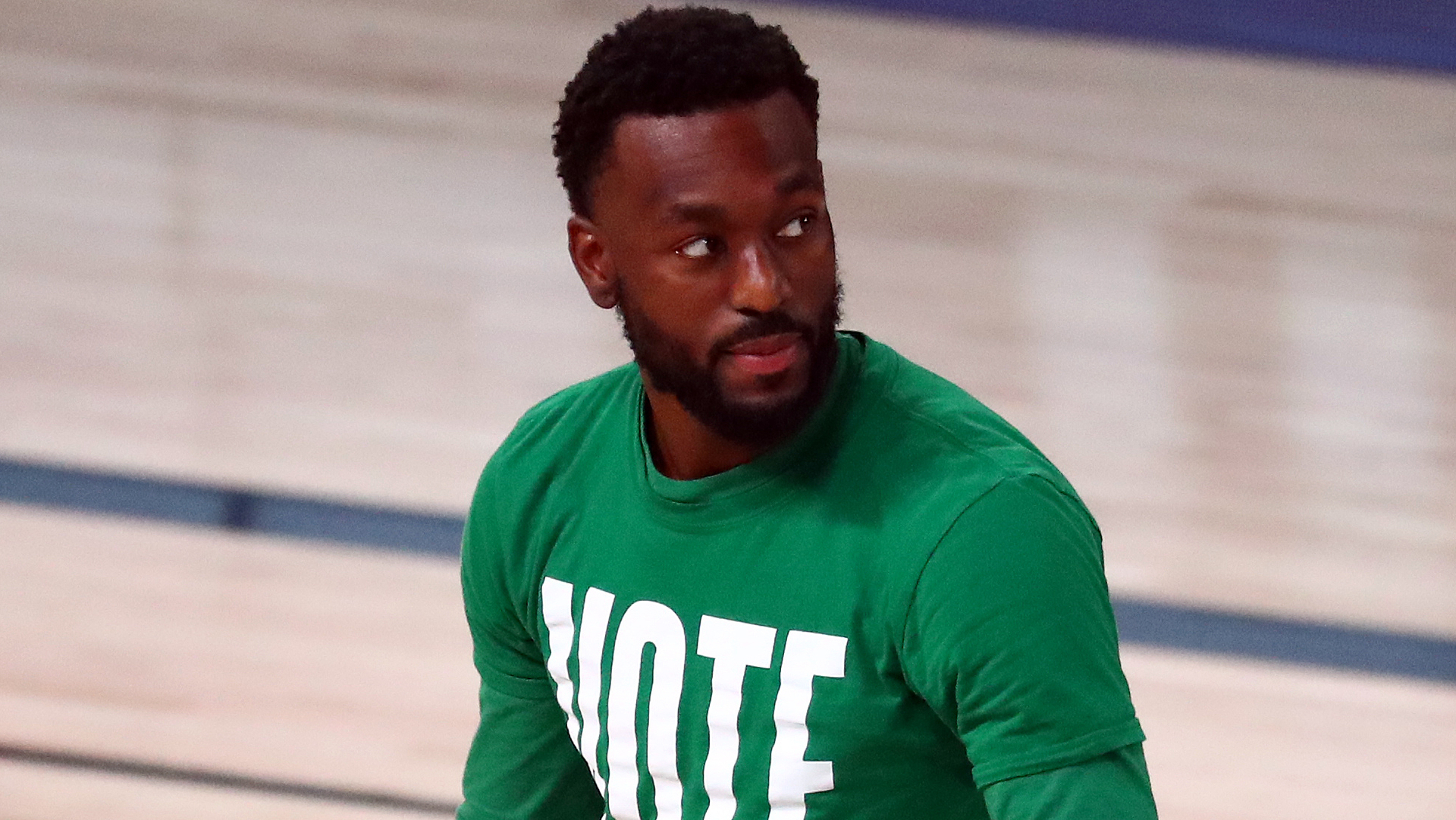
Best-case scenario: Simple -- he's 100 percent for the playoffs. The Celtics likely will ease Walker into action as he strengthens his balky knee, and that's a good thing. The 30-year-old may average fewer than 20 points per game for the first time in six seasons, but if he's healthy and playing his best basketball by May, C's fans should be thrilled.
Worst-case scenario: It ain't pretty. Walker pushes too hard in his return and inflicts permanent damage to his knee, causing him to miss the rest of the regular season and playoffs. Unfortunately for Celtics fans, this isn't a far-fetched scenario. There's a reason Boston signed Jeff Teague.
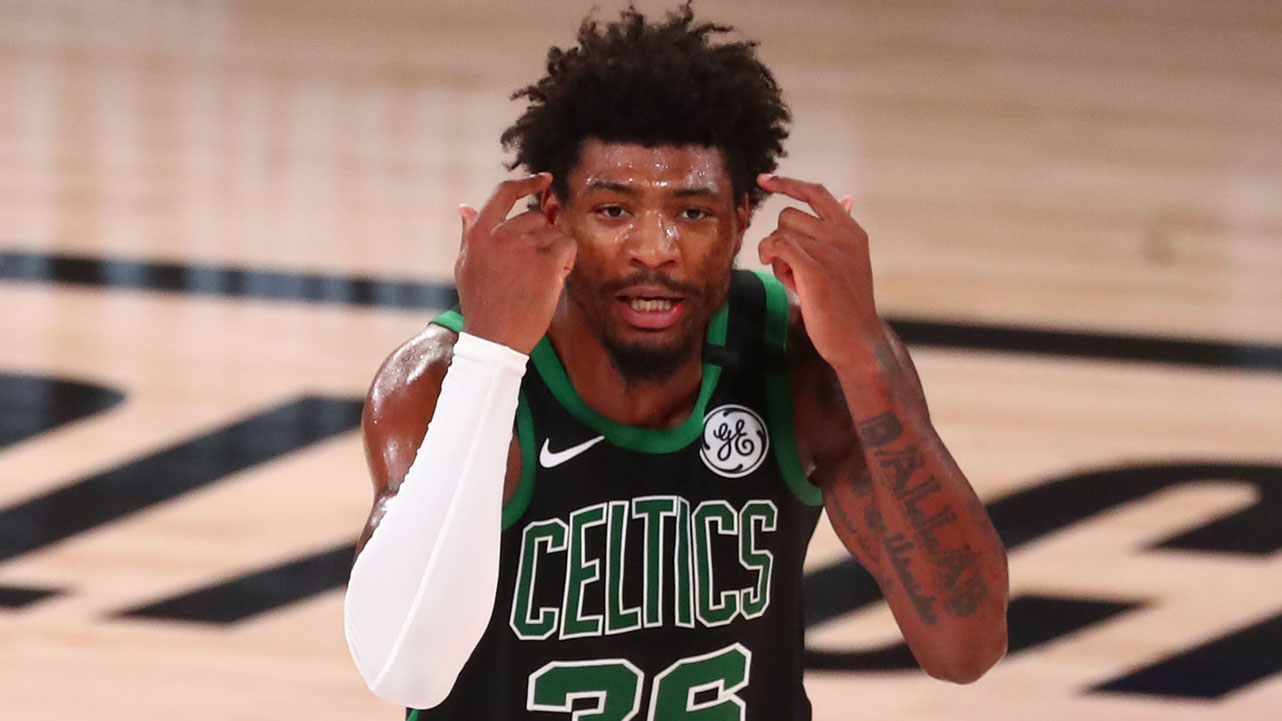
Best-case scenario: Walker's early absence will create a backcourt scoring void -- and Smart helps fill it. The longest-tenured Celtic builds on his career-high 12.9-point scoring average from last season and becomes a more efficient offensive player, shooting above 40 percent from the floor while serving as the primary playmaker for Jaylen Brown and Jayson Tatum. Oh, and a Defensive Player of the Year award wouldn't hurt.
Worst-case scenario: Injuries are always a concern for Smart, who always plays with reckless abandon. An early-season ailment sets the 26-year-old back and forces Boston to lean on the 32-year-old Teague and rookie Payton Pritchard out of the gate. And if Smart can't find his shooting stroke, he'll become an offensive liability that will allow defenses to load up more heavily on the Jays.
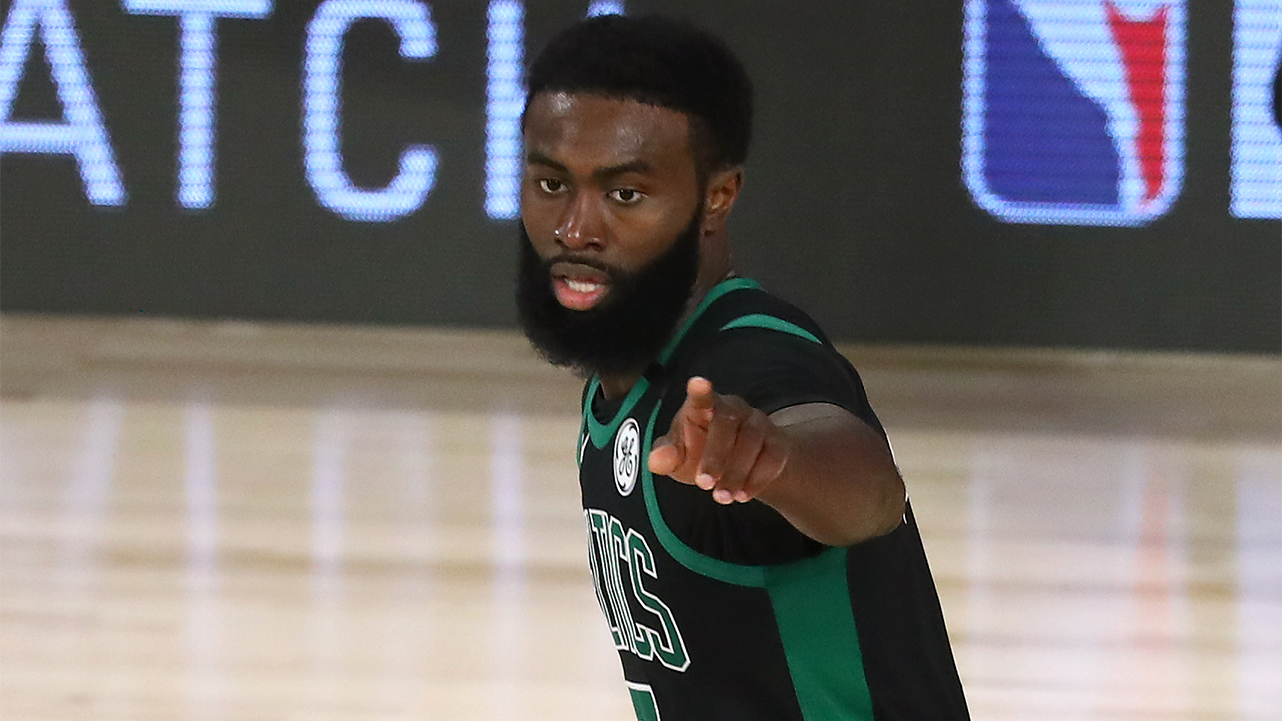
Best-case scenario: An All-Star nod, for starters. Brown arguably improved more than Tatum in his fourth NBA season, averaging 20.3 points and 6.4 rebounds as one of the league's better two-way players. Brown takes another leap in 2020-21, flirting with a .500 shooting percentage and earning All-Star and All-Defensive team honors as the clear 1B to Tatum's 1A.
Worst-case scenario: Brown's offensive play suffers without Walker as Boston's facilitating spark plug, and the old problems that plagued him in 2018-19 -- streaky shooting and a lack of aggressiveness at the rim -- creep back. As Brown's struggles mount, so do Tatum's frustrations as defenses blitz Boston's lone All-Star.
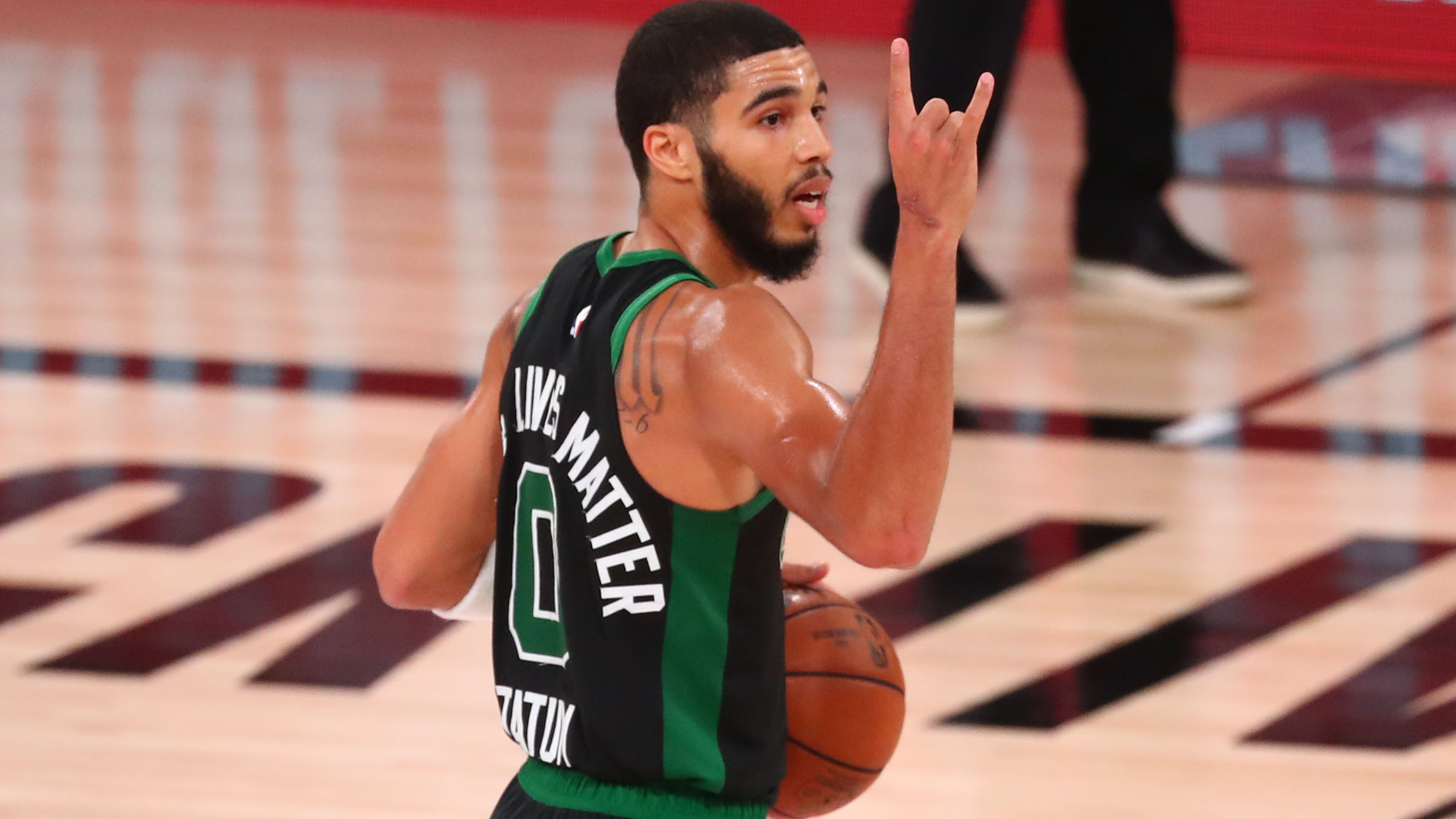
Best-case scenario: NBA MVP might be a stretch. But everything else is within Tatum's reach. The 22-year-old finished last season as a top-15 player with career highs in points (23.4) rebounds (7.0) and assists (3.0) while earning 20 All-Defensive Second Team votes. As Boston's clear No. 1 option, Tatum is named an All-Star starter in the East, earns an All-Defense nod and finishes in the top five in MVP voting.
Worst-case scenario: Opponents will give Tatum the star treatment this season, which means a steady diet of blitzes and double teams. Consistency was his biggest issue last season, and increased defensive attention could cause more shooting slumps for the fourth-year forward. If one of those slumps happens in the playoffs, it very well could end Boston's season.
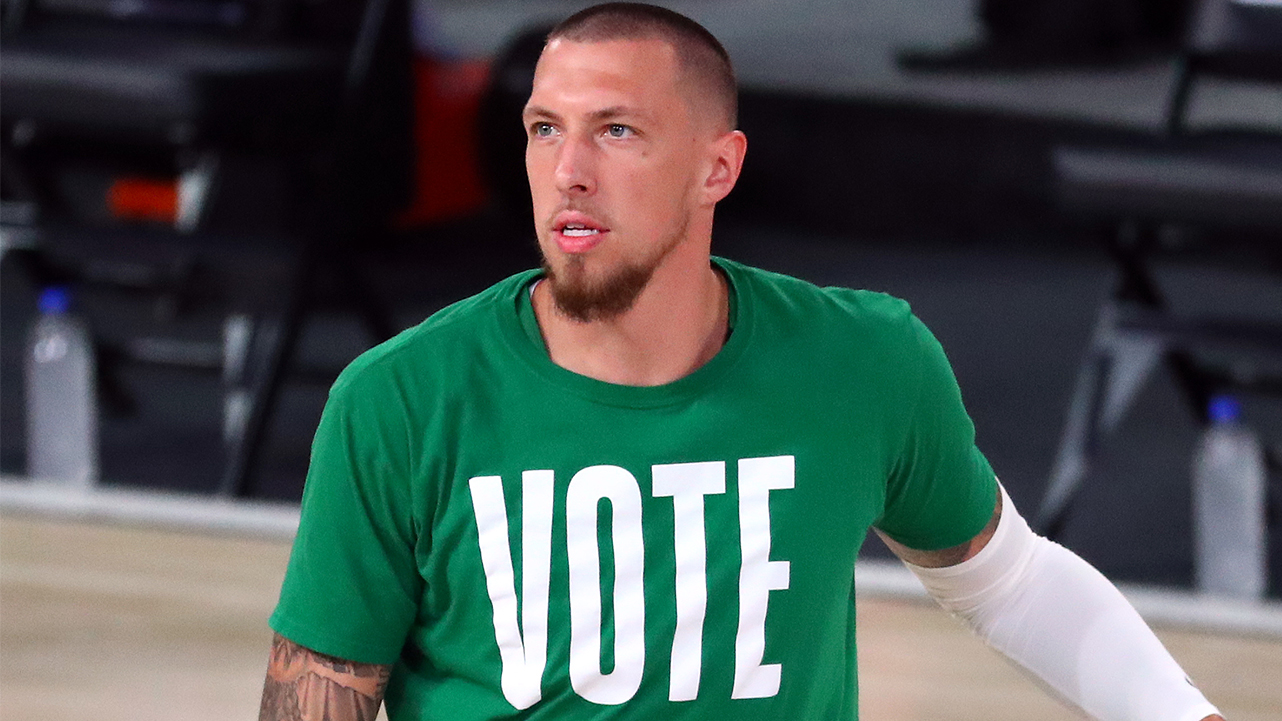
Best-case scenario: More of 2019-20 Daniel Theis, please. The German big man continues to do the grunt work that makes him so valuable to the Celtics while improving on his 2019-20 career highs in points and rebounding. He also stays on the court by committing fewer fouls (his 3.4 per game ranked seventh in the NBA last season) and anchors a solid big man rotation ahead of Thompson and the Williamses (Grant and Robert).
Worst-case scenario: A second full season as a starting NBA center exposes Theis' true colors, and he regresses to his pre-2019-20 self. He continues to struggle from 3-point range and can't stay out of foul trouble, leading Thompson to take his starting job by midseason. Theis is relegated to under 20 minutes per game as the Williamses continue to improve.
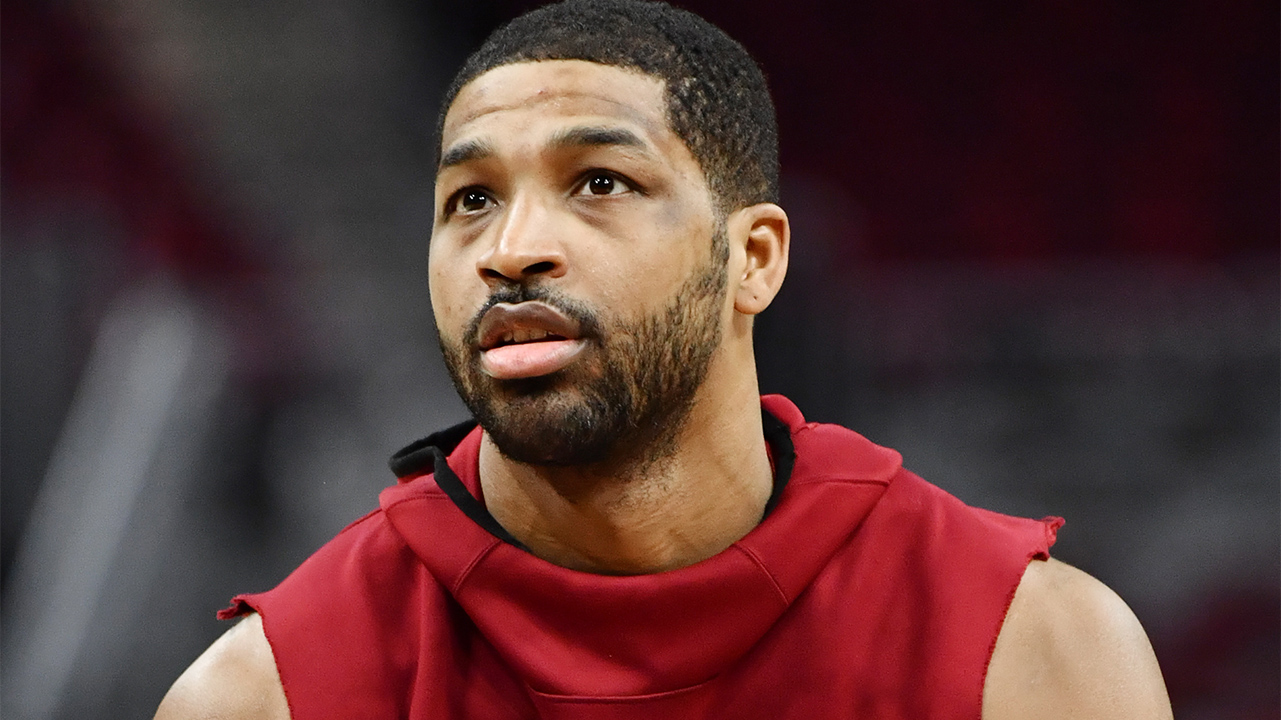
Best-case scenario: Thompson really is the right guy at the right time. He averages a double-double for the third consecutive season (ending a 13-year Celtics drought in the process) while bringing a physicality that Boston has often lacked in its frontcourt. While Tatum, Brown, Smart and Walker run the show, Thompson and his championship experience help the Celtics get over the East finals hump and into the NBA Finals.
Worst-case scenario: Thompson's hamstring strain becomes a "thing" and limits him early in the season. When he returns, he struggles to adjust to a smaller role after playing 30 minutes per night on an awful Cavaliers team. Thompson's mileage finally catches up to him in his 10th NBA season, forcing Brad Stevens to give more playing time to Robert and Grant Williams than he'd like.
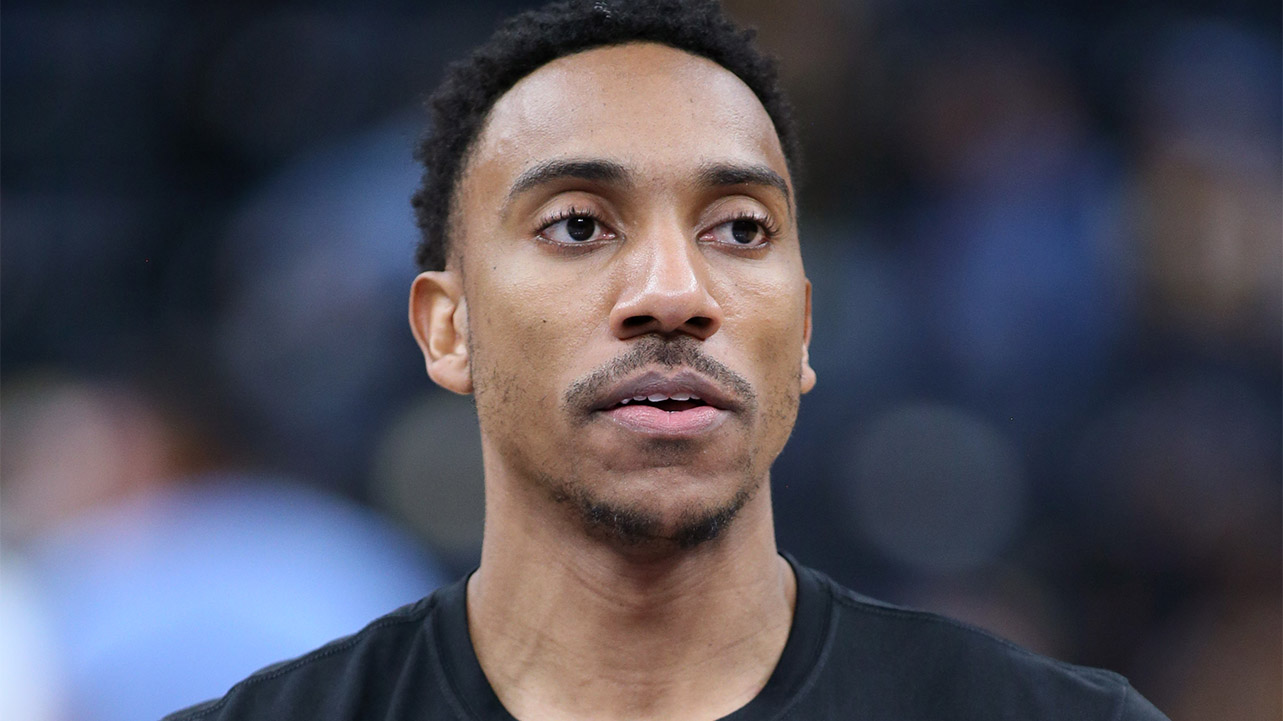
Best-case scenario: Teague gets first crack as the Celtics' starting point guard in Walker's absence and plays like the guy who averaged 12.1 points and 8.2 assists for the Minnesota Timberwolves two seasons ago. When (if?) Walker returns, Teague becomes the go-to playmaker for Boston's second unit and gives Stevens the luxury of not having to play Kemba 30 minutes per night.
Worst-case scenario: He plays like a 32-year-old in his 12th NBA season. Teague's primary stats in 2019-20 -- 10.9 points, 5.2 assists and 0.7 steals per game -- were his lowest since 2010-11, and he continues to regress on his fourth team in four years. Teague's lack of production stretches the backcourt thin and places a heavier burden on Smart and rookie Payton Pritchard to step up.




